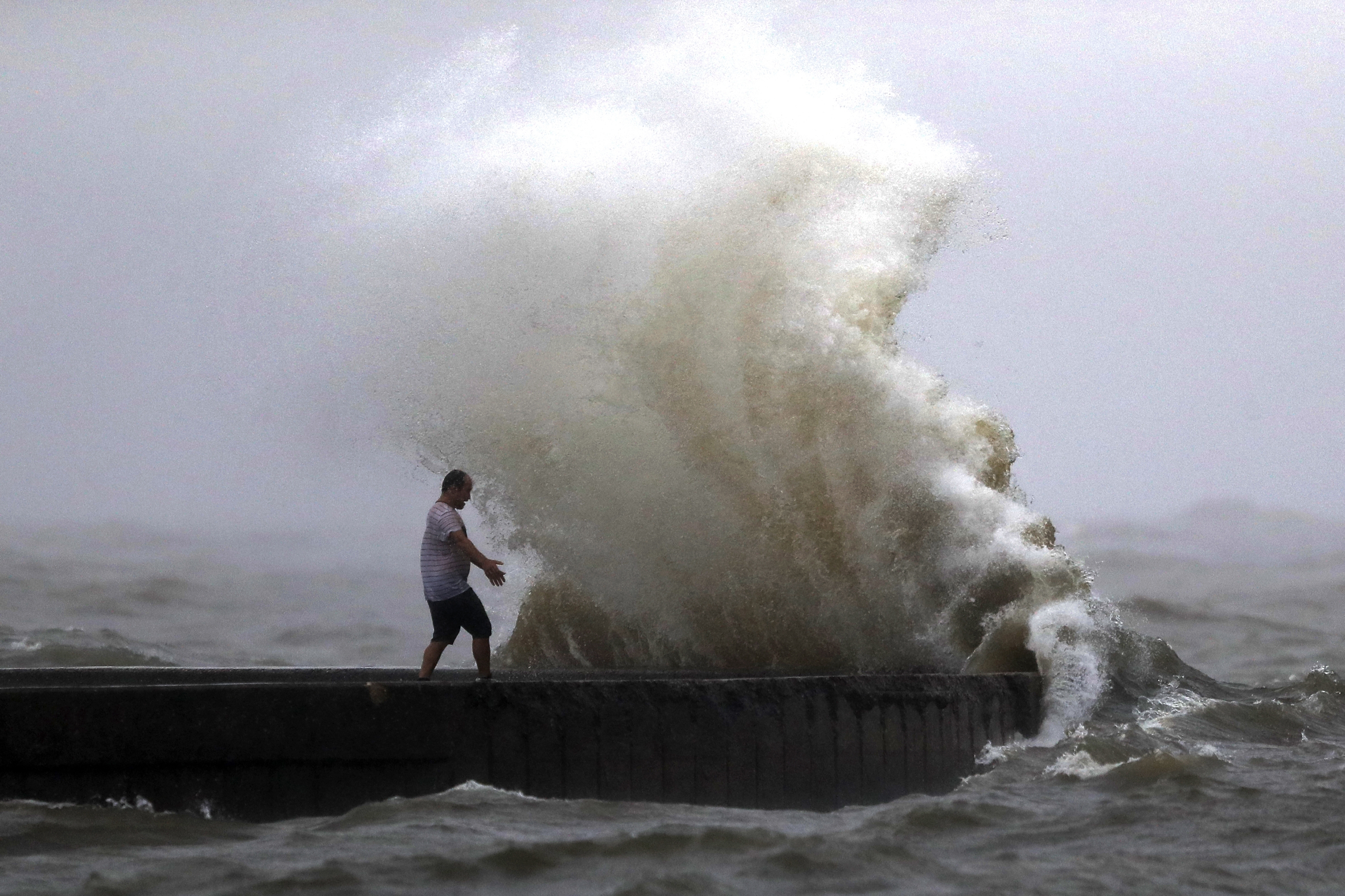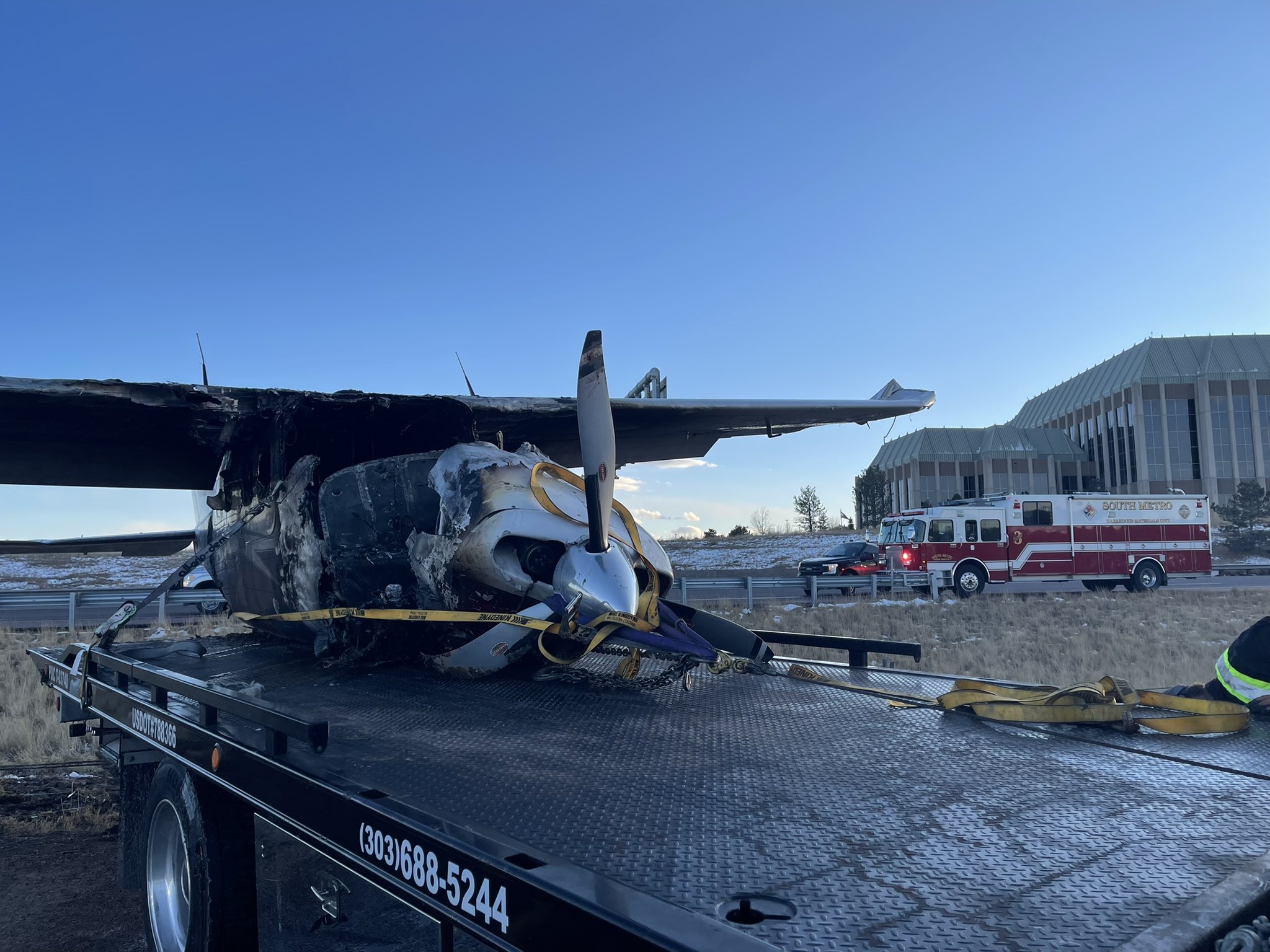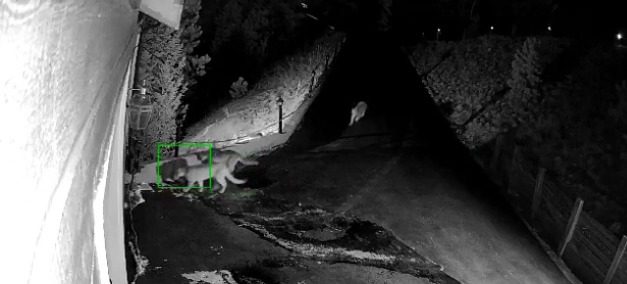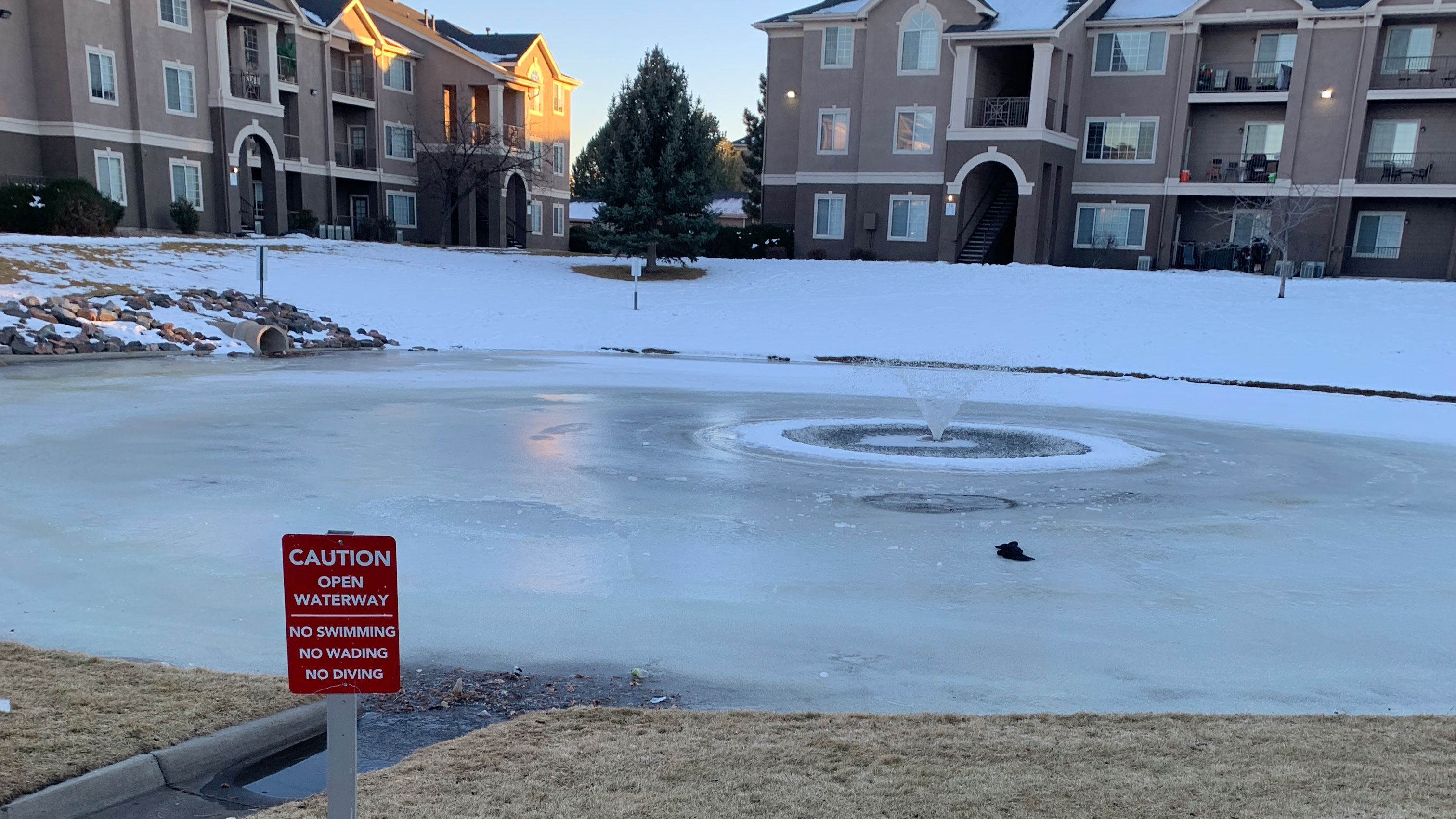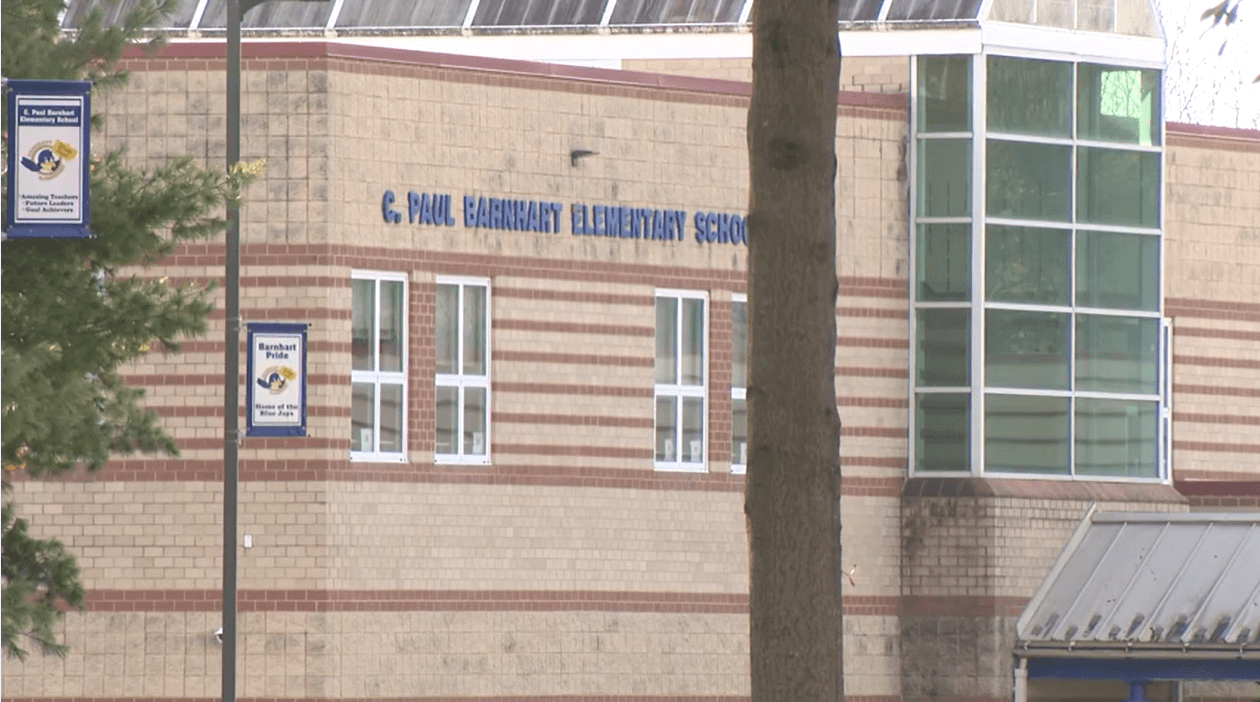TAMPA, Fla. (WFLA) — While the massive and destructive Hurricane Ian was taking aim at the Gulf Coast last week, and millions of Floridians were bracing for impact or preparing to flee home, the Hurricane Hunters were on several rough flights straight into the eye of the storm.
The National Oceanic and Atmospheric Administration’s Hurricane Hunters fly specially-equipped aircraft into tropical cyclones to collect data from storms. That data helps meteorologists provide more accurate storm predictions, improves forecast models and gives scientists better insight on storm formation.
Most recently, the Hurricane Hunters flew into the eyewall of Hurricane Ian. Nick Underwood, an aerospace engineer at NOAA’s Aircraft Operations Center, has flown into hurricanes since 2016. He said Ian was the worst, calling a particular flight on Wednesday “the roughest flight of my career so far.”
“I have flown storms for the last six years. This flight into Hurricane Ian on Kermit (NOAA42) was the worst I’ve ever been on,” he tweeted. “I’ve never seen so much lightning in an eye.”




Underwood posted several videos and photos from that flight that have since gone viral, making headlines around the world. He joined Tracking the Tropics on Wednesday, along with NOAA Flight Director Nikki Hathaway who was working on the ground during the flight into Ian.
“I was supporting from the ground that day. We have 11 different aircraft in our actual hangar so we were making sure we were getting those to safe spots if they weren’t flying into the storm itself,” she explained.
According to Underwood, those who were on the flight into Ian last Wednesday knew they were in for a rough trip. Members of the 53rd Weather Reconnaissance Squadron, an organization that also flies into storms to collect data – and flew into Ian shortly before NOAA, called to give the Hurricane Hunters a heads up.
“Immediately we encountered some pretty heavy turbulence. There was a ton of lightning – more than I had ever seen in a storm before,” Underwood said. “I had shared some pictures of the eye, once we actually got in there, and it looks like it’s daytime but it’s – in fact, it was still 6 a.m. before the sun had come up.”
Underwood said during Wednesday’s flight, he experienced more turbulence than any other flight he’s been on.
“Not just the amount of turbulence, or the level of turbulence, but the amount of sustained turbulence we were flying through,” he explained.
Even when going through severe turbulence, Hathaway said the Hurricane Hunters stay focused on their work.
“Every storm is so different, so you always go in anticipating the worst,” she said. “You never want to be complacent before you go and fly into – especially a storm of this nature. So really just making sure you’re in the right mindset and getting prepared ahead of time allows us to do our job efficiently. And really, even as you’re getting bumped around, we’re still throwing out expendables, we’re still collecting data, quality controlling the data, so you kinda have to have your mind focused and fixed while maybe getting a little bumped around.”
